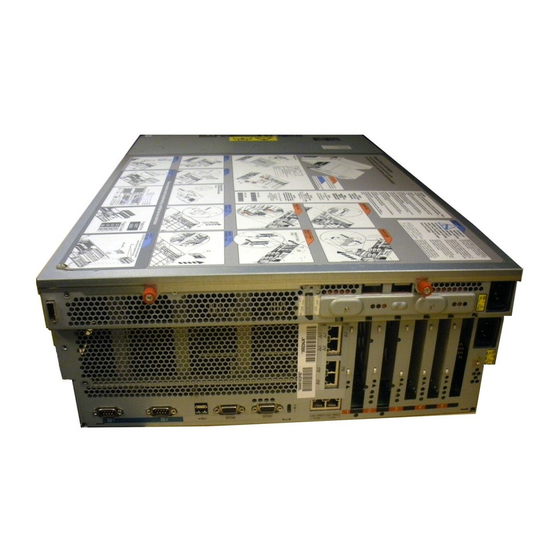Table of Contents
Advertisement
Quick Links
- 1 Control Panel, Control Panel Fillers, or Signal Cables
- 2 Chapter 1. 8203-E4A, 8204-E8A, 8261-E4S, 9407-M15, 9408-M25, or 9409-M50 Control Panel
- 3 Removing the 8203-E4A, 8204-E8A, 8261-E4S, 9407-M15, 9408-M25, or 9409-M50 Control Panel with the Power off
- 4 Starting a System that Is Not Managed by a Hardware Management Console
- Download this manual
Advertisement
Table of Contents
















Need help?
Do you have a question about the 8203-E4A and is the answer not in the manual?
Questions and answers